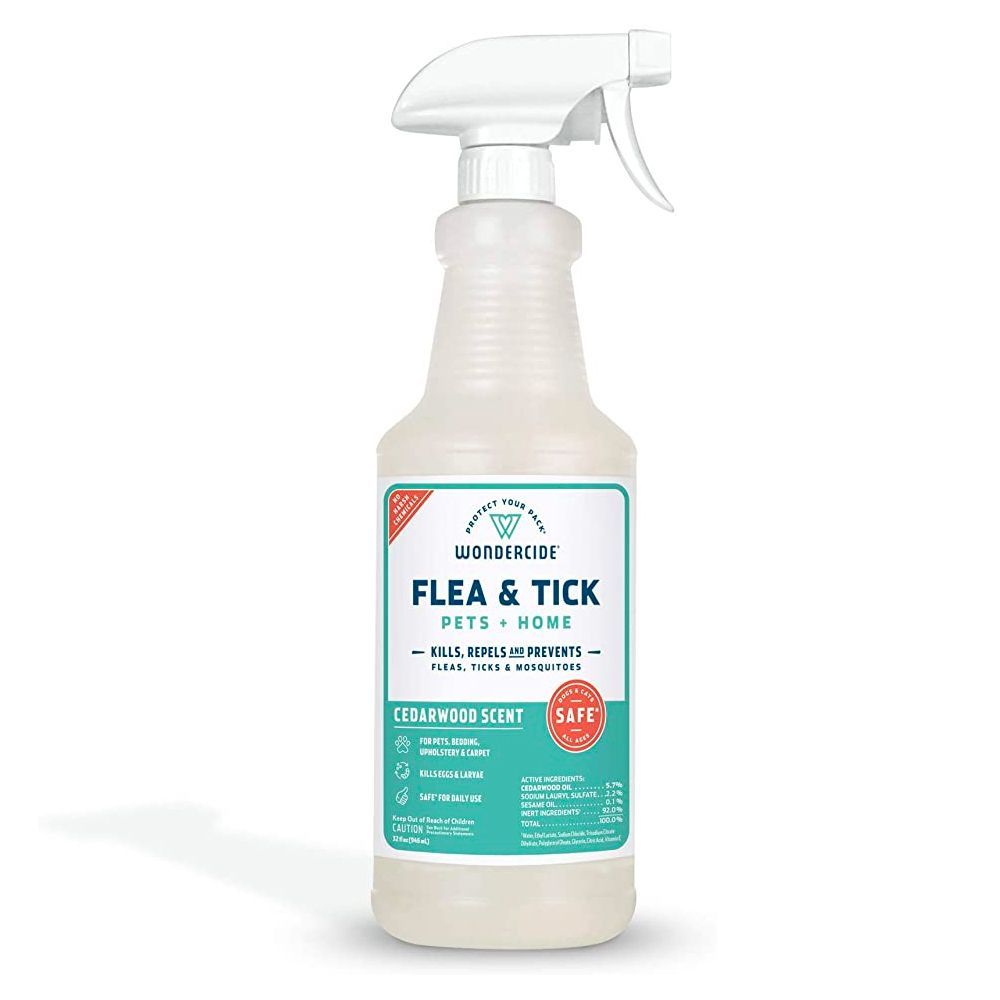How to Treat Tick Bites on Dogs - Removing Tick Bites on Dogs - The Pioneer Woman
Now that summer is upon us, there's a good chance you're spending all of your spare time outdoors. If you have a dog, that likely means you're bringing them along for the walk, jog, run, ride, or swim (especially if you have a dog pool at home!). As wonderful as that is, you want to make sure that you take the same precautions with your pup as you do with yourself. For instance, you might prep for the summer sun with plenty of sunblock—so you should also protect your pooch with dog sunscreen too! Another super important task for both you and your dog is checking for ticks.
According to Dr. Danielle Bernal, Wellness Natural Pet Food veterinarian, tick bites on dogs can lead to anemia, Lyme disease, and even paralysis, so it's important to act as quickly as possible if you notice one of these pests on your dog.
First, you probably want to know what you're looking for and how to check your dog for ticks. Ticks come in all shapes and sizes, depending on the type. Dog ticks, deer ticks, and the lone star tick can all be found on your pet. While some are about the size of an eraser when engorged, others can be as tiny as a pin prick. Because of this, it's important to always give your dog a thorough check by combing your hands through their fur after being outside, especially if you were on a hike or somewhere with tall grass.
If you do find a tick, don't worry—ahead is everything you need to know about managing tick bites on dogs.
How do you take a tick off a dog?
If you do find a tick on your dog while checking them, Bernal says you should spread their fur and use fine-point tweezers to try and grasp the tick as close to your dog's skin as possible. Be careful not to pinch your pup in the process.
"Once you've grabbed the tick, pull it out slowly in a straight, steady motion to make sure you get the entire tick and don't leave anything behind that could lead to infection," she says. If you have trouble removing the tick yourself, you should seek the help of your veterinarian, she adds.
As much as you may want to burn it and forget it ever happened, Bernal says the better idea is to place the tick in a jar (with a lid screwed tight) with a label of when you found it. That way you can monitor for symptoms and if anything adverse should arise, you'll have the source and the start date.
How do you treat a tick bite on a dog?
Treatment doesn't stop with removal. Once you've removed the tick, Bernal says you should clean your dog's skin where the tick attached itself. Use an antiseptic to help ensure it doesn't get infected.
"Keep an eye on the area where the tick was to see if an infection occurs," she says. "In most cases, veterinarians agree that you do not need to take your dog to the vet after a tick bite, but you should always monitor your dog for any signs of infection as well as for symptoms—such as fever, loss of appetite, lethargy, lameness, swollen joints, or swollen lymph nodes—of Lyme disease for the next several weeks or months."
If you notice any of these symptoms, you should contact your vet immediately.
How do I protect my dog from ticks?
When it comes to tick bites, Bernal says that prevention is far easier than treatment.
"I recommend looking for a spot treatment that kills ticks but also prevents future infestations," she says. "Tablets are another great prevention option. These pills are available in one-to-three month preventative doses which is ideal for busy pet parents. If you stay on this schedule of treatments every three months, it only requires actions four times a year to get consistent protection for your pet, so this is my top recommendation."
Another option is to spritz your pup with a flea and tick preventative, like Wondercide's Cedarwood Flea & Tick Spray for Pets. This spray is proven to be safe for pets and humans and is designed to repel fleas, ticks, mosquitoes, flies, and other unwelcome bugs.
Rebecca Norris is a full-time freelance writer living in the DC metro area. She writes for a variety of publications, covering everything from beauty and wellness to style and celebrity news. She is a graduate of George Mason University. There, she earned her B.A. in Media: Production, Consumption, and Critique, along with a minor in Electronic Journalism.
This content is imported from OpenWeb. You may be able to find the same content in another format, or you may be able to find more information, at their web site.









Comments
Post a Comment